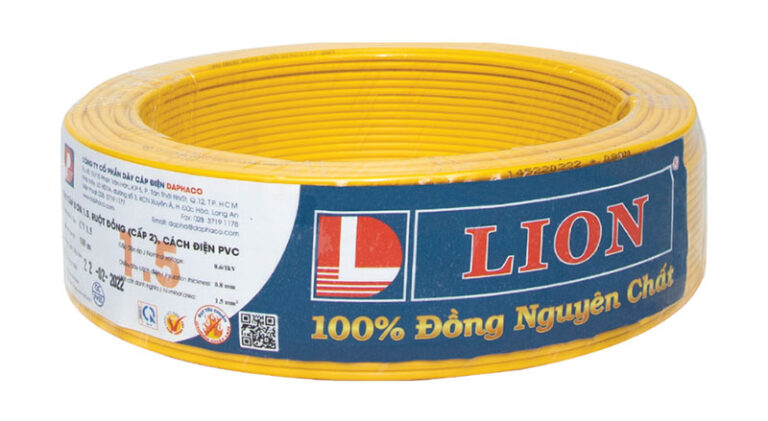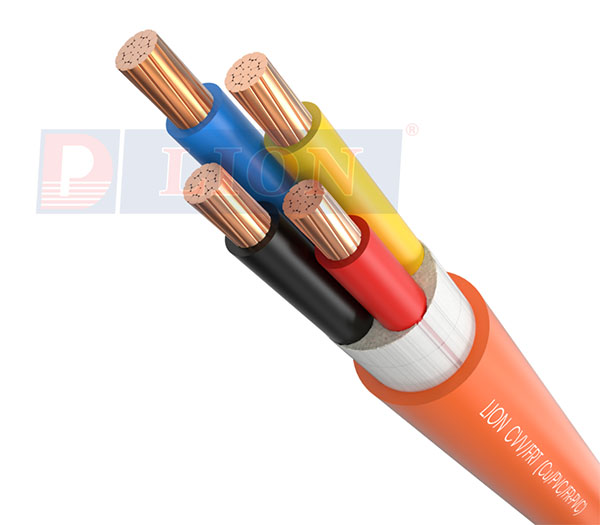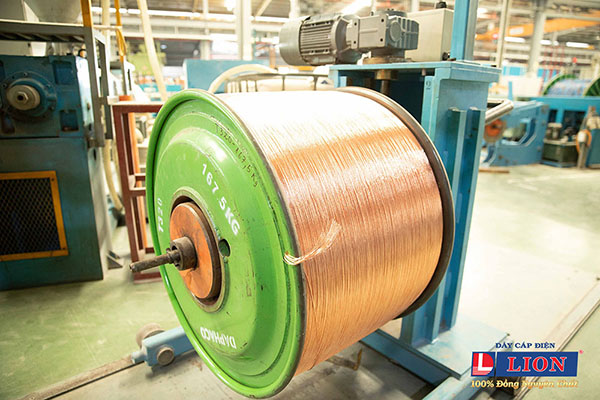How to Connect a Broken Electrical Wire and Key Principles to Follow
During the process of using electricity, you may encounter situations where an electrical wire is broken. When this issue arises, the necessary action is to reconnect the broken wire. Refer to the article below, where LION will guide you on how to connect a broken electrical wire and highlight some key principles to follow!
This article by LION will help you learn how to safely and correctly reconnect a broken electrical wire.
What is Electrical Wire Connection?
Connecting electrical wires is essentially a technique of joining wires together to create a secure connection within an electrical system. This technique is commonly applied when a wire is broken due to subjective or objective issues.
Reconnecting broken electrical wires is often used during the installation and repair of electrical systems. This method ensures the continuity of the electrical circuit, preventing risks such as fires or short circuits.
>>>Read more: Electrical wires
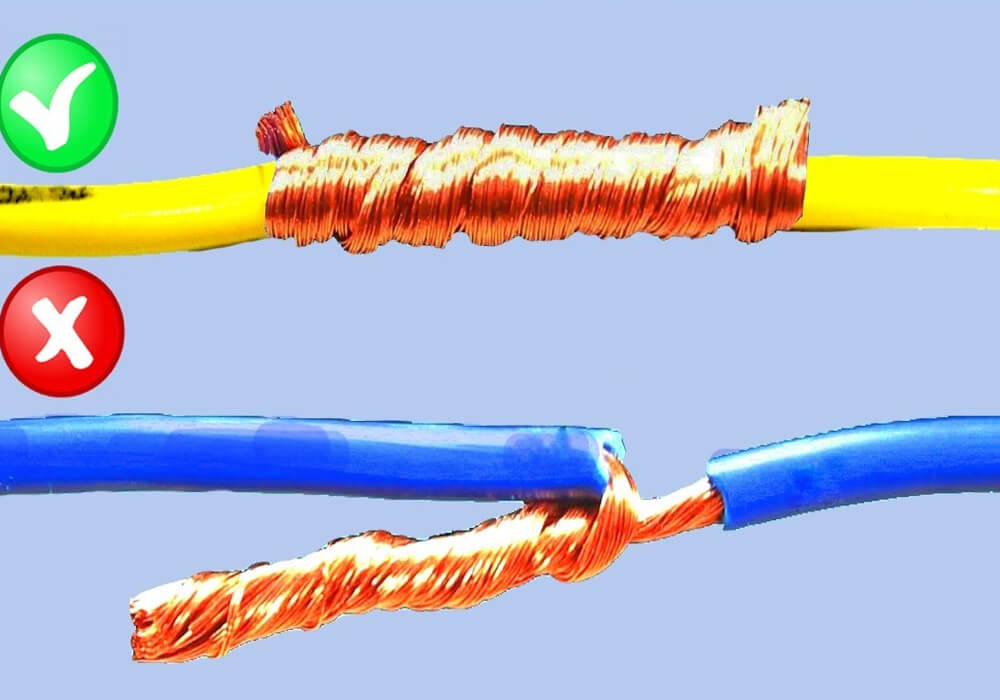
Key Principles to Follow When Connecting Broken Electrical Wires
Before reconnecting a broken electrical wire, you need to understand some basic principles to ensure safety and meet the technical requirements of the electrical circuit. Specifically:
Choose a Wire with an Appropriate Cross-Section
When reconnecting a broken wire, you should select a high-quality wire with a cross-section suitable for the system’s requirements. Wires with larger cross-sections are typically suited for high-power electrical systems, while those with smaller cross-sections are appropriate for low-current systems. This principle is crucial as it directly affects the stability of the electrical current and prevents overloading the system.
Ensure the Connection is Secure and Unbreakable
You must ensure that the connection is firm and does not break apart. When reconnecting a broken wire, use appropriate techniques such as crimping or sealing to prevent loose connections. This helps avoid potential short circuits.
>>>See more: Control cables

Use Wires with Good Insulation
During the reconnection process, choose wires with safe insulating sheaths. This reduces the risk of electrical leakage, which could be dangerous for users and prevents short circuits.
Ensure the Wire Core is Clean
The wire core must be clean and free from oil, dust or other contaminants on its surface. A clean core ensures stable current flow through the connection and reduces the risk of fires or short circuits.
Common Types of Connections for Broken Electrical Wires
Before learning how to reconnect a broken electrical wire, let’s explore some commonly used connection types. Below is detailed information about these connections for your reference:
Connection Using Accessories
This method involves using pre-made connectors available on the market. Connections with accessories ensure a safer and more professional wire connection.
Connection Using Adhesive
This type of connection uses special adhesive to bond the two wire ends together. Adhesive connections are simple to perform but offer relatively high durability.
Connection Using Clamps
This method uses clamps to secure the two wire ends together. It is simple and easy to execute while providing high durability.
Connection Using Couplers
This type of connection uses couplers to join the two wire ends. It offers high durability and good load-bearing capacity, making it suitable for outdoor electrical wires.
Straight Wire Connection
A straight wire connection involves placing the two wire cores parallel to each other and bending the cores at right angles. Then, hook them together securely and twist one core around the other to tightly intertwine them. Use pliers to crimp the connection for added security. After twisting, wrap the connection with insulating tape to prevent electrical leakage.
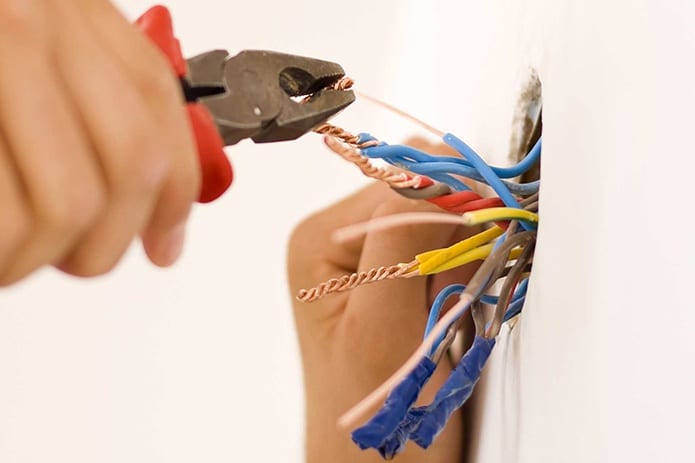
How to Safely and Correctly Connect a Broken Electrical Wire
Below, LION shares a 3-step process for safely and correctly reconnecting a broken electrical wire:
Step 1: Preparation
Turn off the power source before starting the reconnection process. Then, use a voltage tester to ensure there is no electricity. This step ensures your safety throughout the process.
Next, prepare the necessary tools for reconnecting the wire, including pliers, a knife, scissors, connectors, insulating tape, etc.
Step 2: Reconnect the Broken Wire
Once you have prepared all the tools, proceed with reconnecting the broken wire:
- Cut the broken wire ends: Use scissors to cut the damaged wire ends. Ensure you remove all damaged parts and avoid tangling the wire.
- Strip the insulation: Use a knife to strip the insulating sheath from both wire ends, exposing the wire cores.
- Connect the wires: Use specialized connectors or twist the two wire ends together. In this step, twist tightly to ensure the connection does not come loose and maintains electrical safety.
- Insulate the connection: After reconnecting the wire, wrap the connection with specialized insulating tape. This ensures safety during future use.
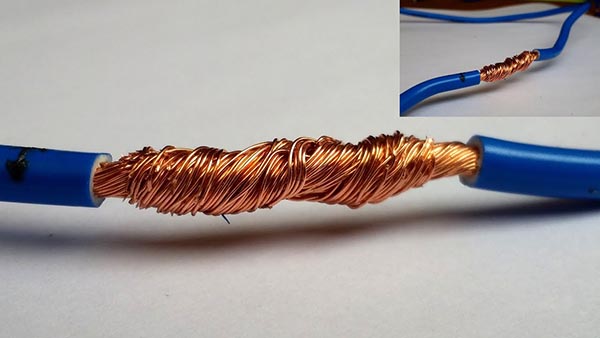
Step 3: Inspect and Complete the Connection
Check if the reconnection is secure. Then, restore the power and verify if the reconnected wire functions normally.
Conclusion
We hope the information shared above has helped you understand how to reconnect a broken electrical wire. To prevent wires from breaking during use, choose high-quality, seamless wires from reputable brands. If you’re unsure which type to select, consider the electrical wires from the Lion brand. Contact the hotline at 028 3719 1177 or LION’s distributors for free consultation and assistance!
Note: Seek help from skilled electricians or professionals in electrical installation to ensure safety during repairs.




